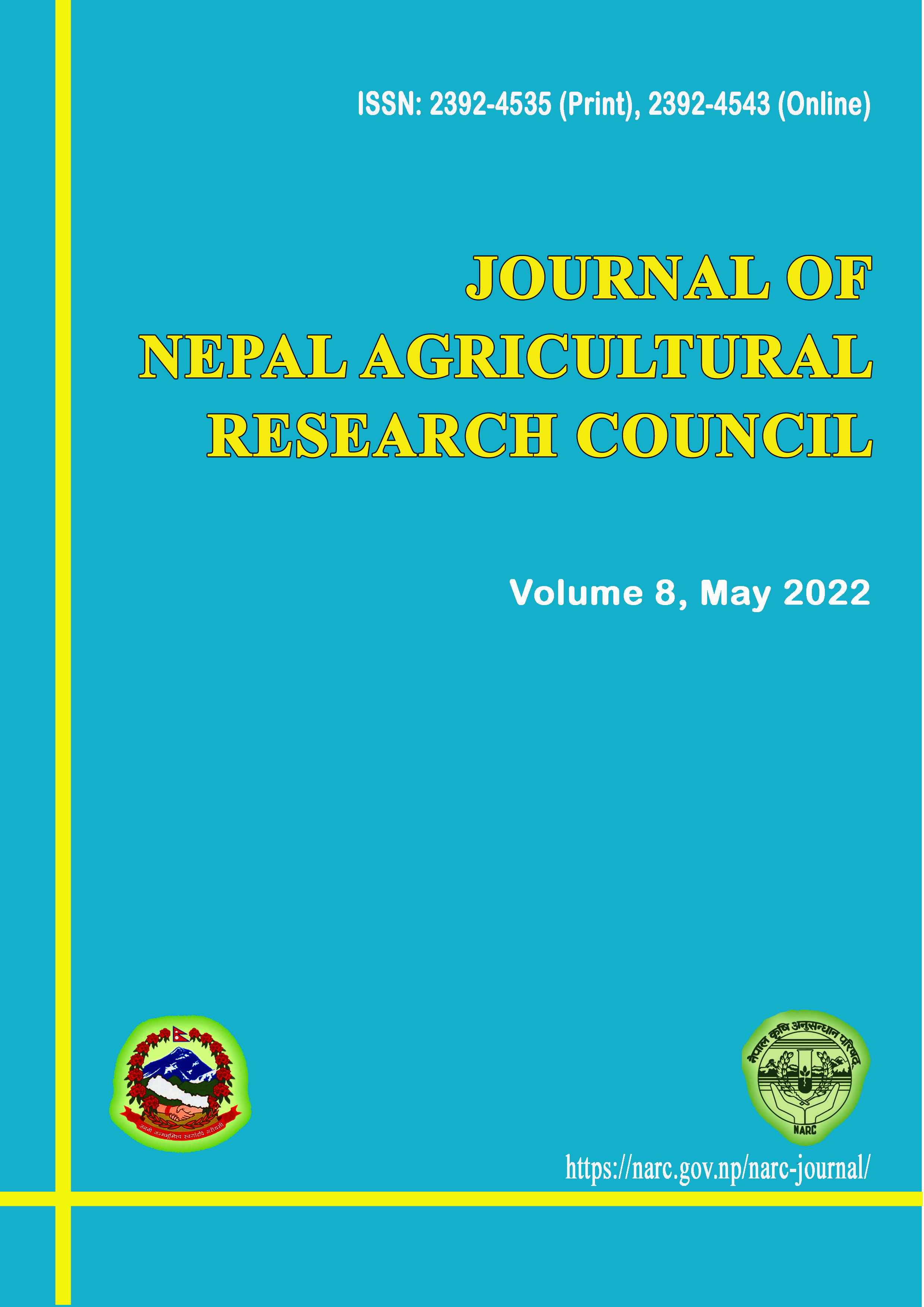Application of Nitrogenous Fertilizer in Rice Production: A Review
DOI:
https://doi.org/10.3126/jnarc.v8i.44815Keywords:
growth, nitrogen, nitrogen deficiency, rice, yieldAbstract
Rice (Oryza sativa L.) is one of the world's most important cereal crops. Nitrogen is one of the most important plant nutrients for rice. Different forms of nitrogenous fertilizer are the major sources of nutrients in rice production. Nitrogen affects various physiological and biochemical processes in plant cells that ultimately affect the growth and development and, thereby, the grain yield of rice. Rice production can be increased by applying nitrogenous fertilizer either as organic or inorganic fertilizer at an appropriate dose, time, method, and place. Soil testing is needed to assess the nutritional status of the soil as it is affected by crop nutrient uptake and removal. Nitrogenous fertilizers should be applied in multiple split doses depending upon the nutrient status of the soil, crop demand, and sources of nutrients. To reduce the nitrogen loss from rice fields, surface runoff, denitrification, ammonium volatilization, and leaching should be managed. Sustainable and environmentally friendly fertilizer management practices enhance the sustainable soil fertility status and, thereby, crop yields. This review article examines the impact of nitrogenous fertilizers on rice growth, development, and production, along with time and doses of nitrogen applications that will help agricultural technicians, academicians, farmers, and policy makers.
Downloads

Downloads
Published
How to Cite
Issue
Section
License
Copyright (c) 2022 Nepal Agricultural Research Council

This work is licensed under a Creative Commons Attribution-NonCommercial 4.0 International License.



